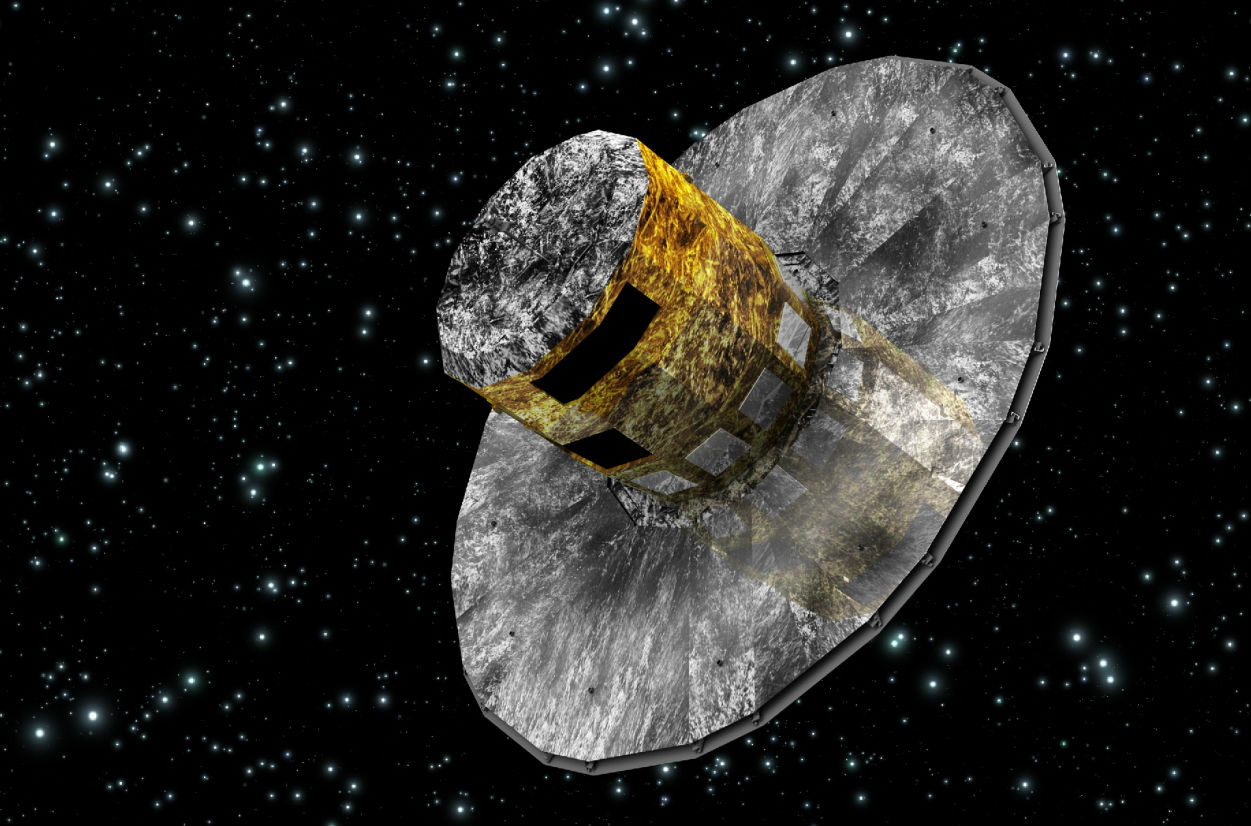EXPERT COMMENT: How we’re using the largest ever recorded set of galactic data to study the stars
Astrophysicist Dr Phil Sutton explains the possibilities opened up by new data from the European Space Agency’s Gaia satellite.

The Gaia satellite. After 22 months of observations, the second release of data contains the position and brightness of 1,692,919,135 stars
It will measure the precise position of stars using a technique known as astrometry.
This will give a detailed three-dimensional map of the Milky Way and is complemented by spectroscopic measurements of the same stars.
Here, along with the precise position of stars in the Milky Way, the Doppler effect is used to find relative velocities of stars by a shift in wavelength of their observed light.
The result is a…
View original post 504 more words
